There’s something inexplicably cool about owning and shooting with a TLR (or Twin Lens Reflex) camera. I remember taking the camera out on a beach in Tofino and asking another photographer to take a photo, only to see the look of pure joy on her face as she worked with the camera. Her husband remarked in a heavy German accent at the end of the experience, ‘now she’s going to want one of these, too.’
TLRs are those remarkably boxy cameras that have two lenses and a viewfinder that you look down into. They have an undeniably cool retro look and can create sharp images on medium format film with fast apertures.
But the question is, is it worth owning a TLR camera?
The best thing about a TLR camera is that it will give your photos a unique and creative perspective that cannot be easily achieved with other formats. However, only the expensive TLRs are really repairable, and the lack of lens options makes them feel like a one-trick pony.
TLR cameras have some incredible optics. Even the cheaper ones like the Yashica A will be able to create beautiful images and have the ability to use flash at all shutter speeds thanks to their leaf shutter design.
In this article, we’re going to get into all of the positives and negatives to owning a TLR camera. That way, you’ll know exactly what you’re getting into when looking to purchase a used camera.
(See this article to learn where are the best places to buy a vintage camera).
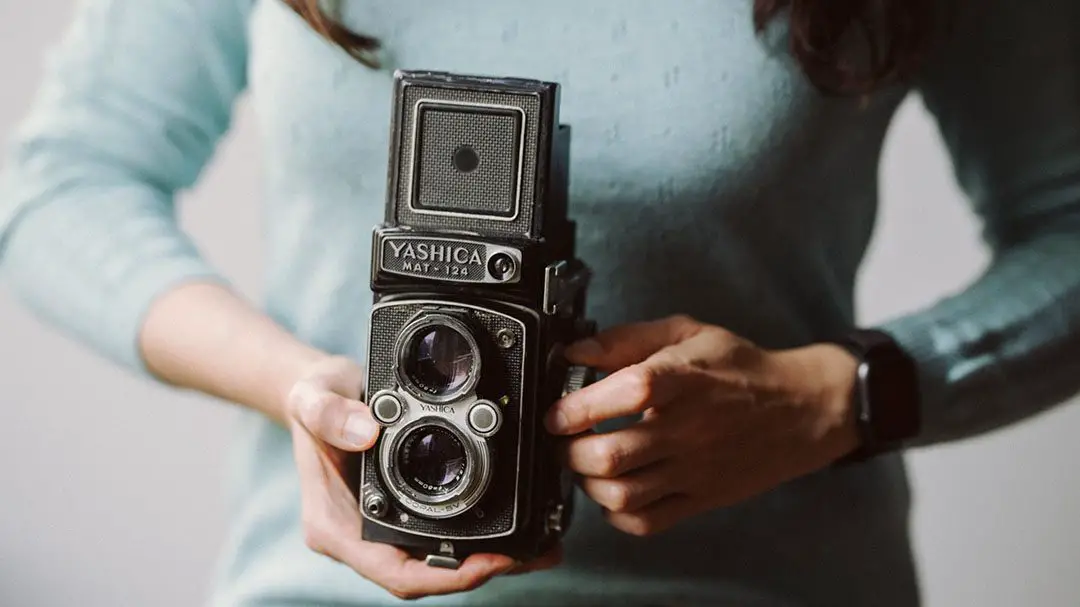
Why do people buy TLR cameras?
The TLR has one of the most unique user experiences on the planet. By looking straight down into the camera, the user sees the world from a different perspective, which makes them extremely fun to use.
Compared with SLR cameras, a TLR will often look up at the photographer’s subject. Even as a 6’4 man, I find that the lower perspective of a TLR camera often makes subjects appear taller, and more authoritative in the photos I take of them.
This same experience can be found with famous photographers’ work, like Vivian Maier, who always made people in her photos look taller in the frame because of her perspective when using a TLR. Maier’s street photography work was incredible, and she was an ever-curious photographer who captures a major collection of now-iconic photos. Find photo books containing Vivian Maier’s work on Amazon here.
The new perspective can be inspiring, helping you see new angles that you’ve never seen before.
But another unexpected outcome is that your subjects often feel less threatened by a TLR camera. When you point an SLR lens straight at another person, they know they’re being photographed — even if you’re in the distance, Because you can feel that long lens and attention being thrown at you.
But with a TLR, that attention is less noticeable since your face, lens, and posture aren’t piercing through your photography subject’s soul.
That effect alone makes TLR cameras incredible for street photography. It’ll be much easier to capture a sharp photo without your subject knowing.
Find your perfect TLR camera on eBay here.
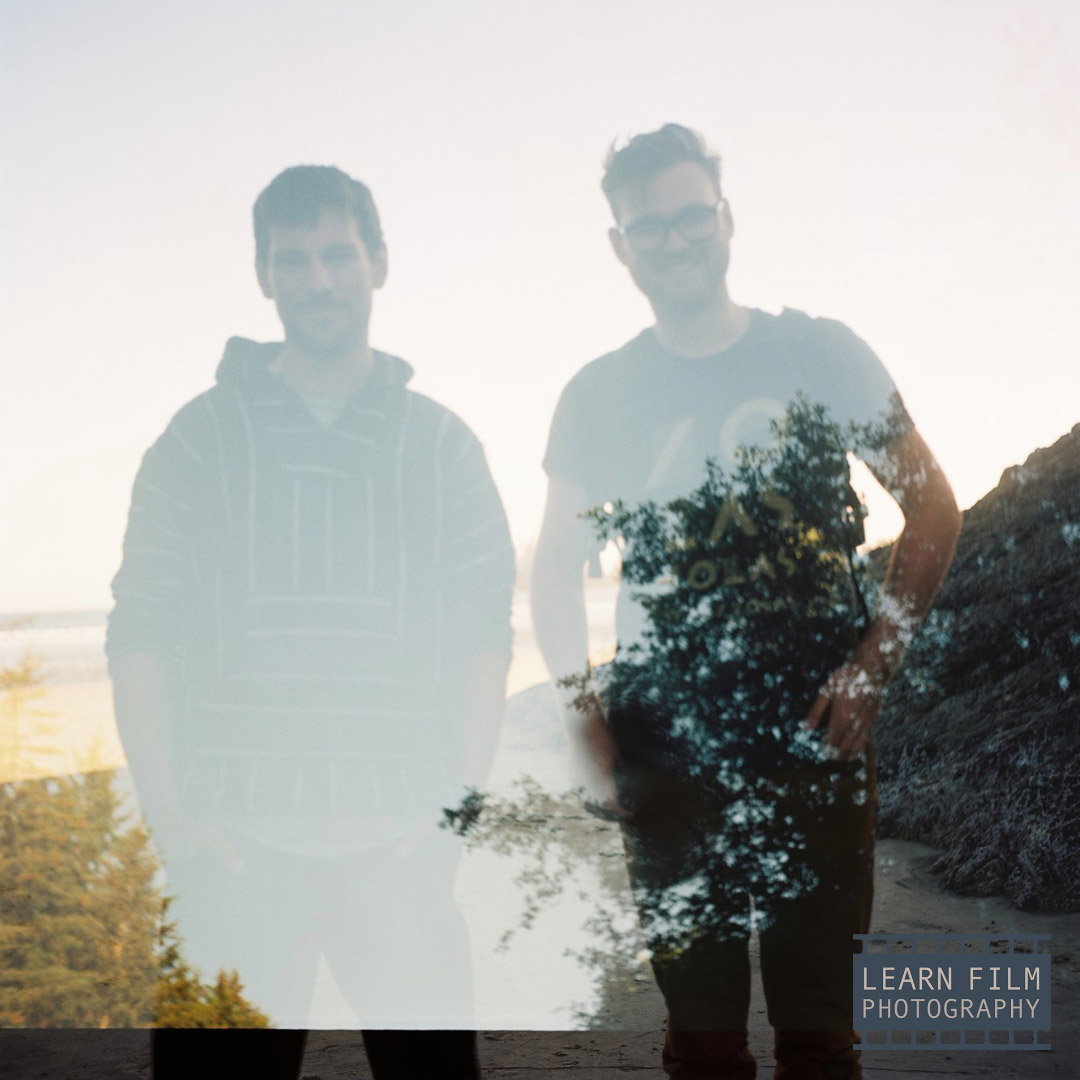
What is it like to shoot a TLR camera?
TLR cameras are one of the slower cameras to use.
The first challenge is that viewfinder is mirrored, meaning the world moves the wrong way when you change your composition. That means when you want to compose the image for a subject in the right side of the frame, you have to move left.
That takes some time to get used to — even after using the camera for a couple years, the viewfinder still feels foreign at times.
The next part of the process that makes a TLR slower is the winding and advancing of the film. Some cameras, like Rolleiflex, Mamiya, and Yashica TLRs have the shutter cocking mechanism tied to the film advance, where some older cameras don’t.
You’ll have to learn your system to make it work quickly, but there will always be downtime between shots, where an SLR would be faster.
Overall, people love how the TLR makes them think about their composition more than any other camera. The waist level finder will make you check twice and shoot once.
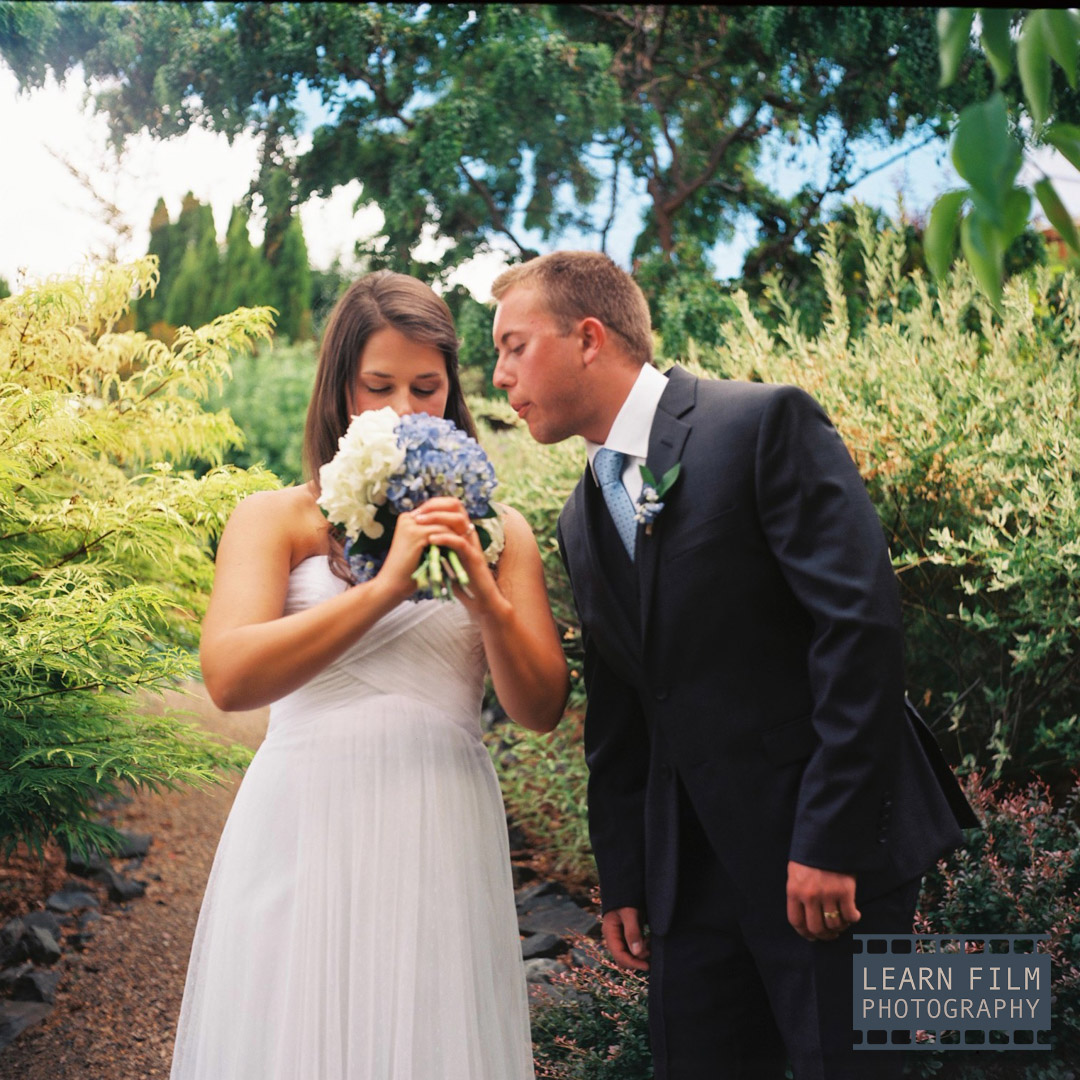
What type of film do TLRs use?
Most TLRs, like those by Rollei, Yashica, Mamiya, and others shoot medium format, or 120 film. In fact, because of their shape, TLRs are some of the smallest cameras that can use 120 film, making them a fantastic choice for anyone who wants high-quality images in a small package.
There are only a few TLRs on the market that are able to shoot 35mm, like the Yashica 635 (find it on eBay here), which is able to shoot both 120 and 35mm film.
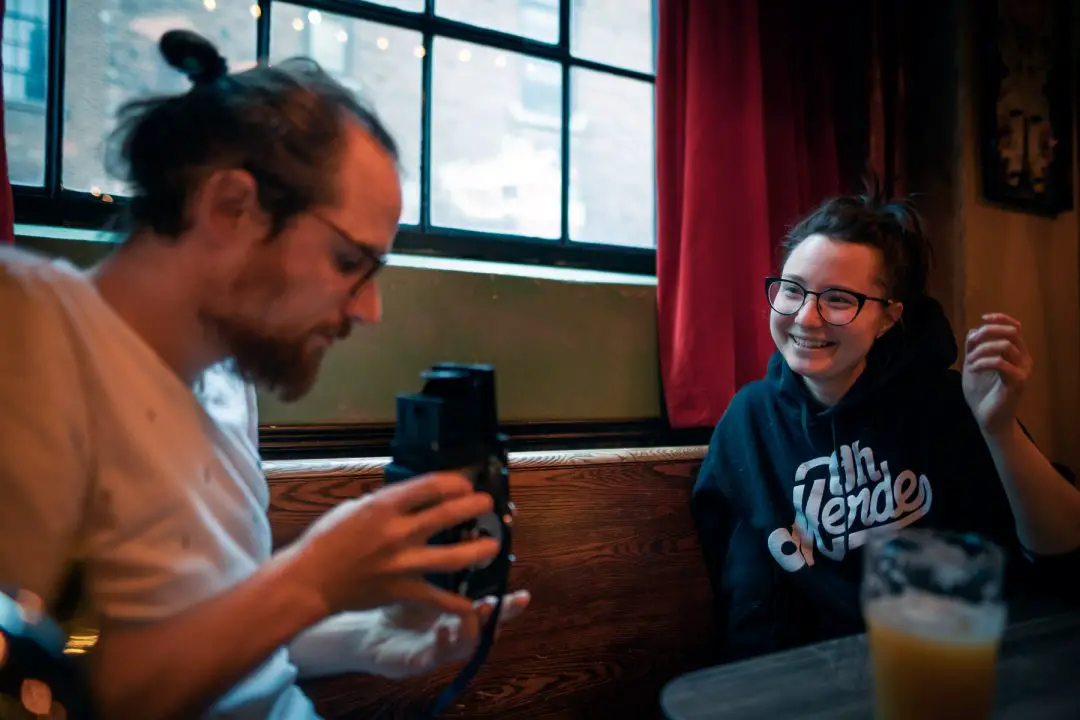
What are the downsides of TLR cameras?
The biggest downside of the TLR is its repairability.
The TLR design went out the window with the rising popularity of the SLR in the 60s. Many TLR cameras were designed with rudimentary mechanics that are hard to access and repair.
Most use leaf shutter designs and have a lot of complicated moving parts packed inside of the camera’s lens, making them particularly difficult to access.
I’ve taken my once-trusty Yashica Mat 124 to multiple repairmen, only to have it break down further afterward, or be handed back without any attempt.
The problem is that because the cameras are so complex, only the most valuable ones are worth the risk a repairman takes when opening the camera. Often the only ones that can be repaired are the Rolleiflex, and Mamiya C330 cameras (which are MUCH larger and heavier, but more Accessible inside).
If you do buy a TLR, it’s important to buy one that’s in pristine condition. If it’s been sitting for some years, be sure to bring it to a repairman for a proper CLA (Clean, Lubricate, Adjust), as this will help remove any gunked-up lubricants that can jam the moving parts over time.
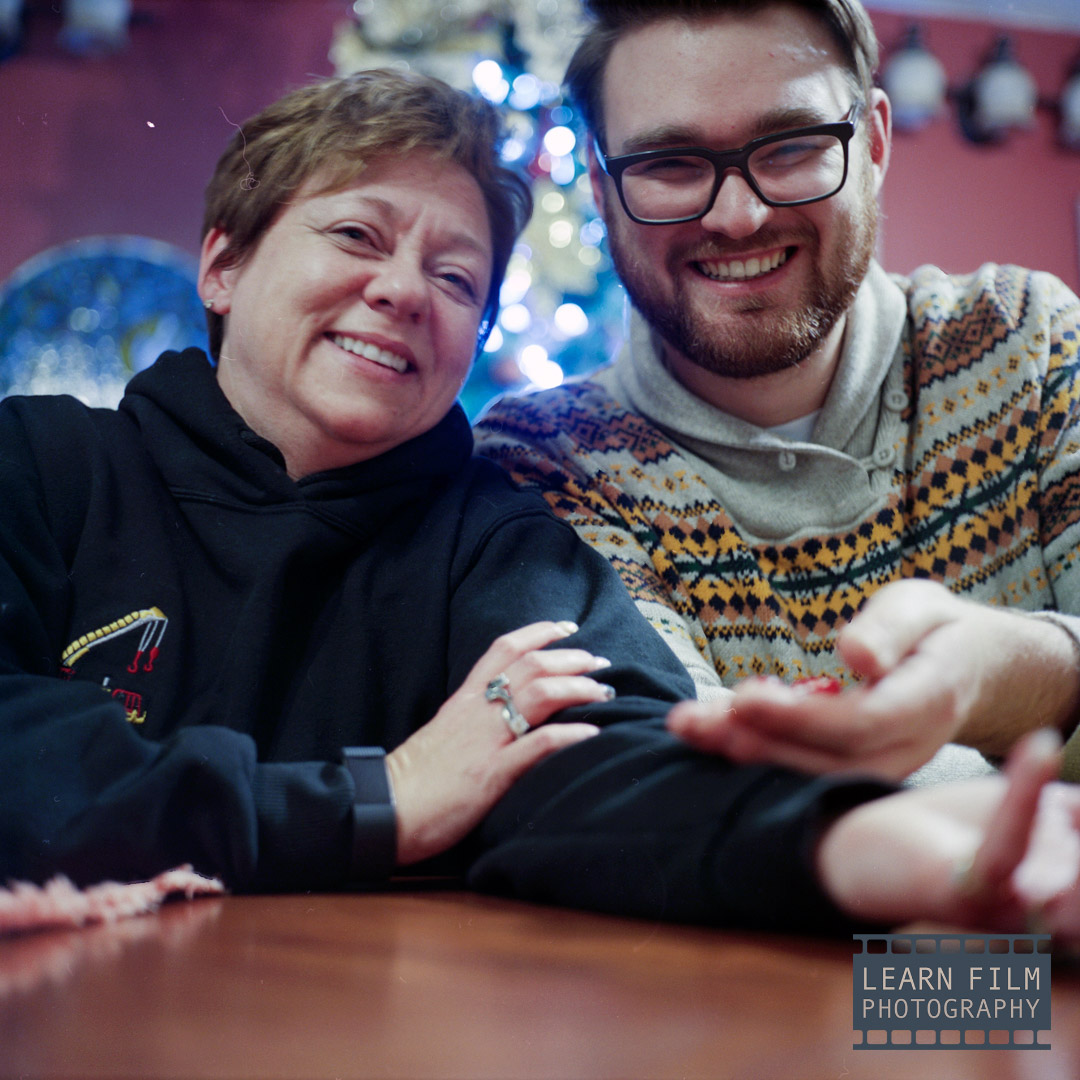
Final thoughts
Shooting film with a TLR is so much fun. It’s a process that I’ve greatly missed over the years since I haven’t been able to get my TLR camera back in working order.
The Yashica Mat 124 camera can be credited with making me fall in love with film photography. It was such a great, sharp camera with the functions and features that made it enjoyable to shoot.
If you can get gour hands on a good TLR, I highly recommend trying it out. The different point of view alone is worth taking your chances on one of these incredible pieces of analog tech.

One thing I find better with a TLR is you’re an eyeglass wearers, I find it most convenient.